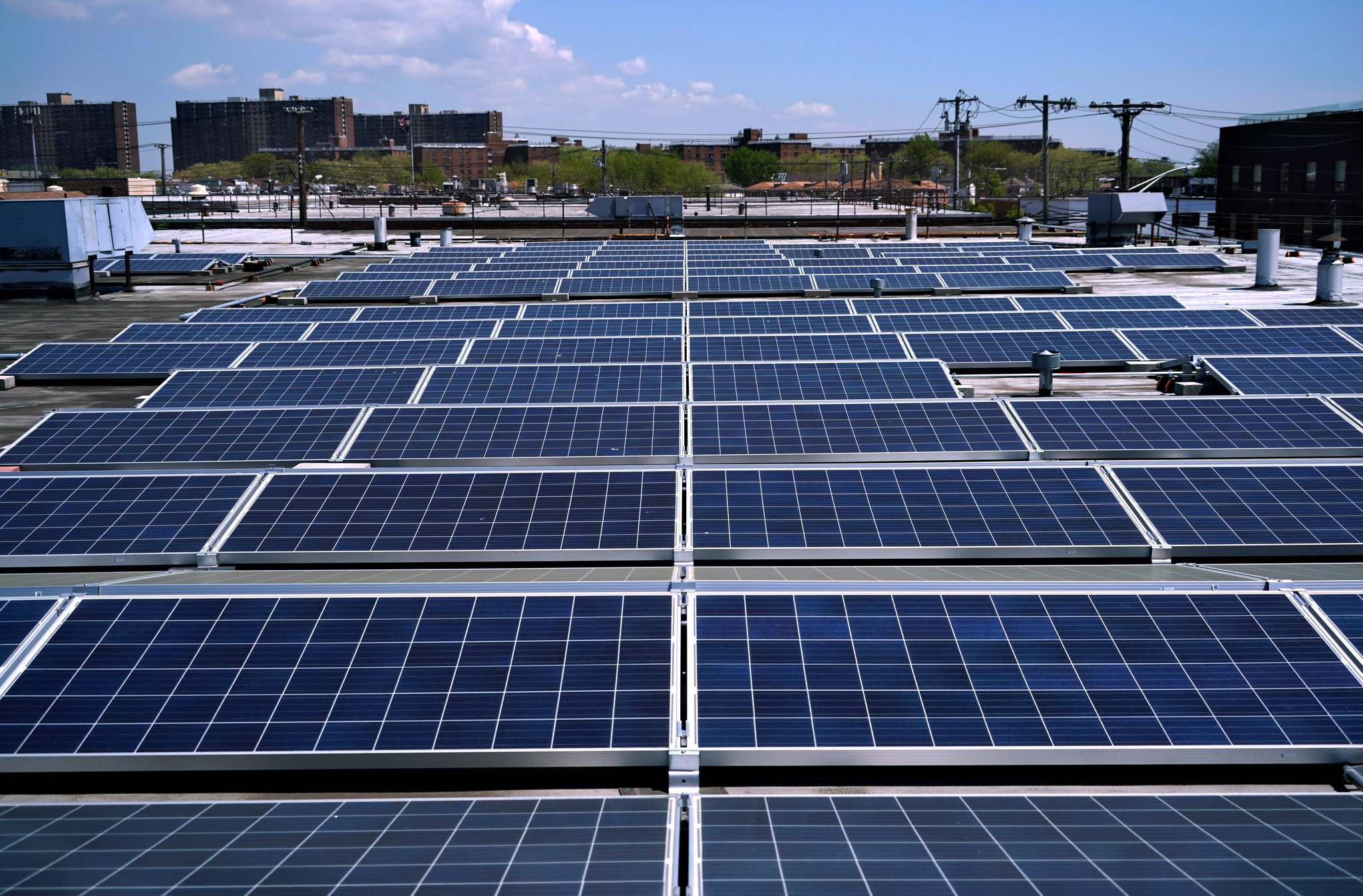Live Classes

Solar power is important for India, but it will not serve every energy need
At the core of India’s energy transformation is its bet on solar power. Based on a commitment to address the global climate crisis, India has promised to source nearly half its energy from non-fossil fuel sources by 2030 and, in the shorter term, source at least 60% of its renewable energy from solar power. However, a disclosure in Parliament by the Minister for Power, New and Renewable Energy suggests that India faces significant headwind in this quest.
Energy - Solar Source
A key central policy to source solar power is facilitating the establishment of large solar parks; small solar power projects usually translate to higher per-unit production costs. And so, in 2014, the Centre announced the ‘Solar Parks and Ultra-Mega Solar Power Projects’ policy to facilitate the creation of large parks. The initial plan was to set up 25 parks capable of generating at least 20,000 MW by 2019. In 2017, the Government scaled this to 61 parks with a target of 40,000 MW. It emerges, however, as of 2022, that only a fourth of the capacity has been achieved, that is, projects worth 10,000 MW have been commissioned. Four projects have been cancelled, by the Centre’s own admission, due to tardy progress.
Challenge In Achieving The Goal Of Solar Energy
The roadblocks, in the Centre’s estimate, have been challenges in acquiring land with a clear title, setting up infrastructure necessary to transmit power produced at these parks to the grid and, in an unusual disclosure, “environmental issues” in Rajasthan and Gujarat, where projects have been halted because their transmission lines encroach upon the habitat of the critically endangered Great Indian Bustard.
India – Aiming To Get Renewable Energy
Notwithstanding its claims on international podia that it is on track to meeting renewable energy targets, it is no secret that India is lagging behind. By the end of 2022, India had committed to having in place 1,75,000 MW of renewable energy capacity, with 1,00,000 MW from solar power. However, only around 61,000 MW of such capacity has actually been installed.
Then Why Was The Data Presented So Exaggerated
For a few years now, there has been considerable hype around solar power achieving grid parity in India — meaning power companies are able to sell it at a price lower or as much as conventional sources — but this does not account for the subsidies or concessions front-loaded by the Government.
Now What Next?
While India should continue to expand its economy on the back of renewable energy, the Government must take a hard look at whether renewable power, solar, wind or nuclear, meets standards of economic viability and environmental sustainability. Solar power may be a valuable tool in India’s energy transformation story, but it cannot be the panacea for every need.
Renewable energy
Five alternative or renewable sources of energy
Solar Energy: Sunlight is one of the most abundant and freely available energy resources on our planet. The amount of solar energy that reaches Earth's surface in one hour exceeds the total energy demand of the planet for an entire year. But all of this solar energy cannot be harnessed as it varies according to the time of day and season of the year as well as geographical location.
Wind Energy: Wind is the most abundant source of clean energy on earth. To extract energy from it, the wind rotates the blades of a turbine and that energy is coupled to an electric generator to generate electricity.
Hydroelectric power: By building dams on large reservoirs, a controlled flow of water is diverted to turbines and electricity is generated from it. This energy source is more reliable than solar or wind energy sources.
Tidal Energy: It is in a way another form of hydroelectricity. In this, tidal currents are used to drive a turbine generator.
Geothermal Energy: Earth's core is as hot as the Sun's due to the slow decay of radioactive particles in the rocks of the planet's center. Geothermal energy harnesses this natural heat from beneath the Earth's surface to generate electricity.
Biomass Energy: Biomass is the organic matter obtained from the decay of plants and crops, waste wood and trees etc. On burning biomass, chemical energy is released in the form of heat, which is used to generate electricity with the help of a steam turbine.
India presented five elixirs (Panchamrit) at COP-26
International Solar Alliance
INDCs (Intended Nationally Determined Contributions)
Other Government Schemes
India has set a target of achieving net zero emissions by 2070 which includes-
Download pdf to Read More